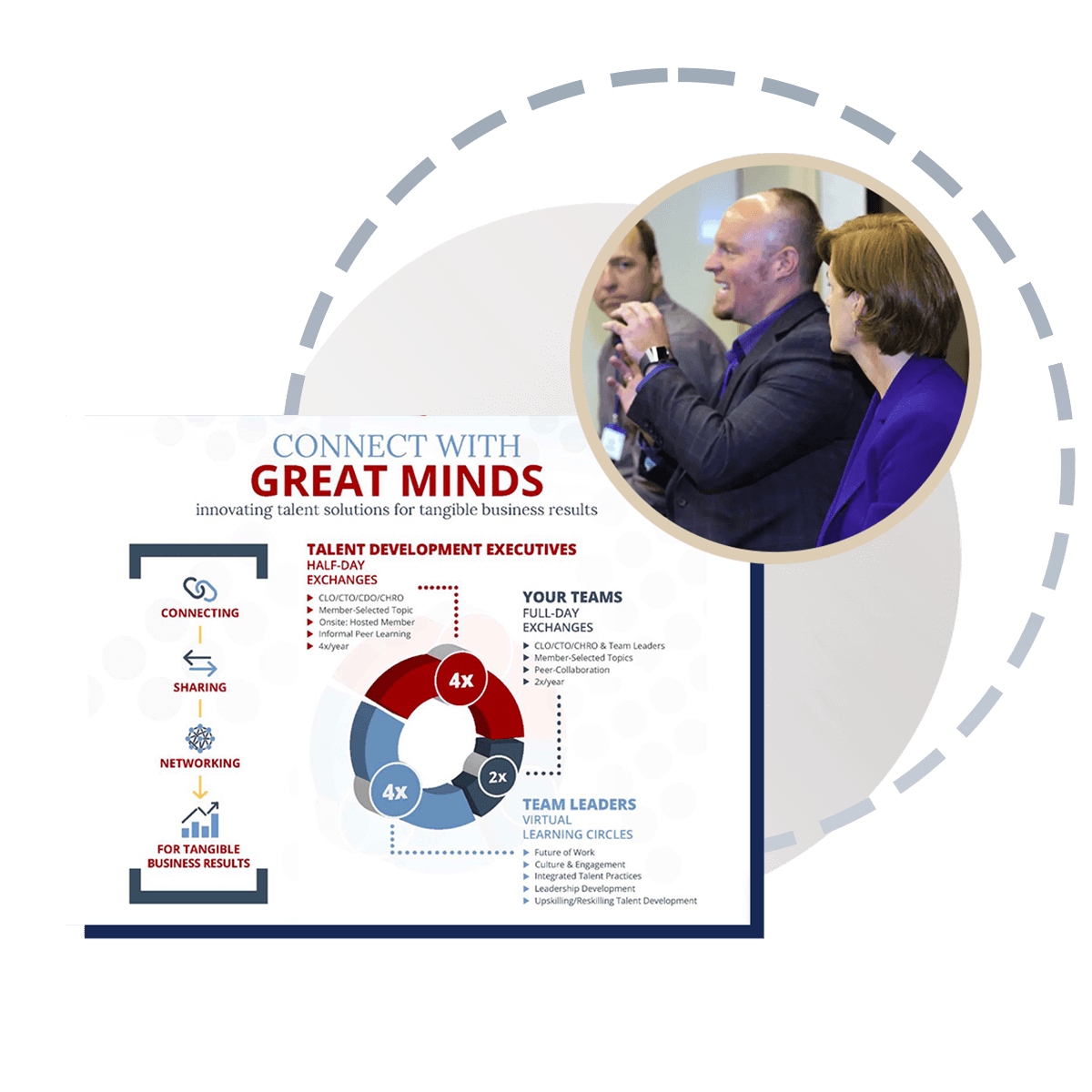This momend video is from August 15, 2025 session Measuring Skills Development: How Talent Data Validates Business Impact.
"A CHRO told me, ‘I don’t care about completion rates—I care if my sales team closes more deals. L&D must speak the language of revenue and risk.’" -- Holly Hamann, The Regis Company.
That blunt reminder set the tone: talent development metrics only matter if they connect to business outcomes.
As Laura reinforced:
"Even the best skills program fails if we can’t show impact tied to business outcomes." -- Laura Sandera, Acrisure.
This robust discussion underscored that talent development is at a crossroads: organizations invest heavily in skills initiatives, but without validation, most struggle to prove real business impact. Presenters argued that the shift from activity-based measurement (completions, satisfaction scores) to practice-based validation (decision quality, adaptability under pressure, business outcomes) is critical.
🎭 Fun but Powerful Analogy
To drive the message home, Holly mapped common L&D stakeholder personas to Sesame Street characters — showing how our measurement blind spots often look a lot like familiar Muppets:
![]() Cookie Monster → Obsessed with just one thing (completions).
Cookie Monster → Obsessed with just one thing (completions).
![]() Elmo → One-size-fits-all, siloed perspective.
Elmo → One-size-fits-all, siloed perspective.
![]() Yip Yips → Confused and disconnected from reality.
Yip Yips → Confused and disconnected from reality.
![]() Oscar the Grouch → Cynical resistance to change.
Oscar the Grouch → Cynical resistance to change.
![]() Ernie → Needs to be reminded over and over (skills decay).
Ernie → Needs to be reminded over and over (skills decay).
![]() The Count → Counting activity, not impact.
The Count → Counting activity, not impact.
Why It Matters
This discussion underscored a critical shift: validation is the bridge between learning and business outcomes. When we prove impact in the language of the C-suite—revenue, risk, customer results—talent development earns a strategic seat at the table.
This conversation challenged us to rethink how we measure skills development. Are we reporting activity that comforts L&D—or evidence that convinces CFOs and CEOs?
👉 This framing made it instantly clear: the barriers we face in measurement are universal — but so are the opportunities to fix them.
🔑 Key Takeaways for Talent Development Leaders
-
Shift from activity to impact. Completion rates and satisfaction surveys don’t prove competence. Instead, measure behaviors, decision quality, and application under pressure.
-
Validate skills continuously. One-time assessments miss the mark. Ongoing practice and measurement prevent decay and track real readiness.
-
Integrate into enterprise data. If L&D metrics aren’t connected to BI dashboards and financial KPIs, they won’t influence decision-makers.
-
Use practice-based simulations. Safe, realistic environments reveal how leaders make decisions, handle trade-offs, and adapt—creating data that links learning to results.
-
Reposition L&D as a business driver. With validated data tied to revenue, risk, or customer outcomes, learning teams move from “cost centers” to trusted business partners.
✅ Practical Actions You Can Take Now
-
Redesign dashboards by role – Give learners feedback on gaps, facilitators coaching insights, and executives ROI stories from the same data set.
-
Integrate with enterprise BI – Connect L&D metrics into enterprise dashboards so they “count” in CEO/CFO conversations.
-
Embed skill practice into learning strategy – Move beyond knowledge checks; use simulations that measure application under pressure.
-
Pilot with power skills – Focus first on adaptability, problem-solving, and collaboration where business impact is clearest.
-
Automate continuous validation – Trigger refreshers and track proficiency over time to sustain readiness.
This is the pivot senior talent development leaders must embrace: stop counting courses and start validating capabilities that drive the business forward. When our data speaks the language of the C-suite, L&D doesn’t just support strategy—it shapes it.
